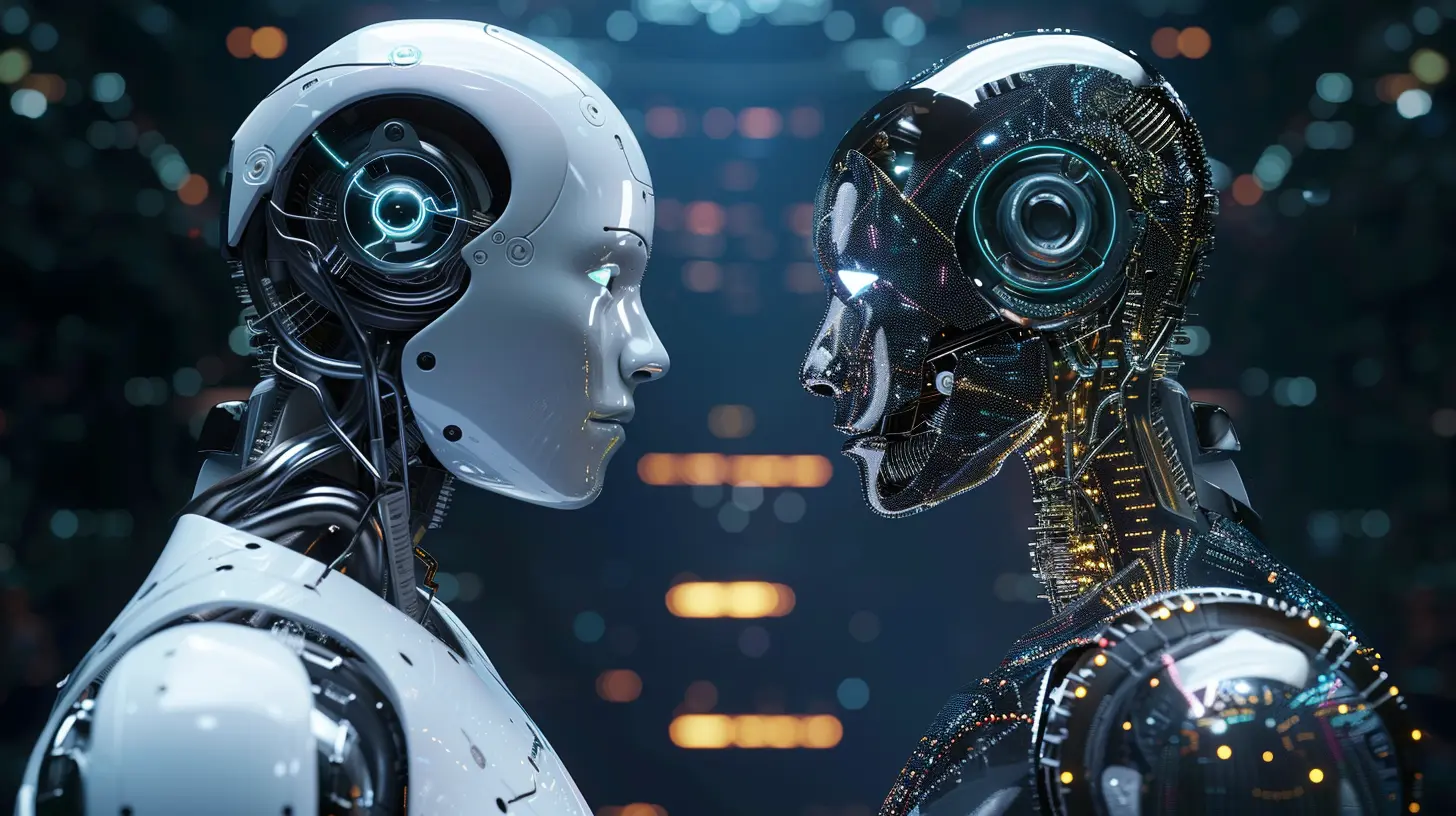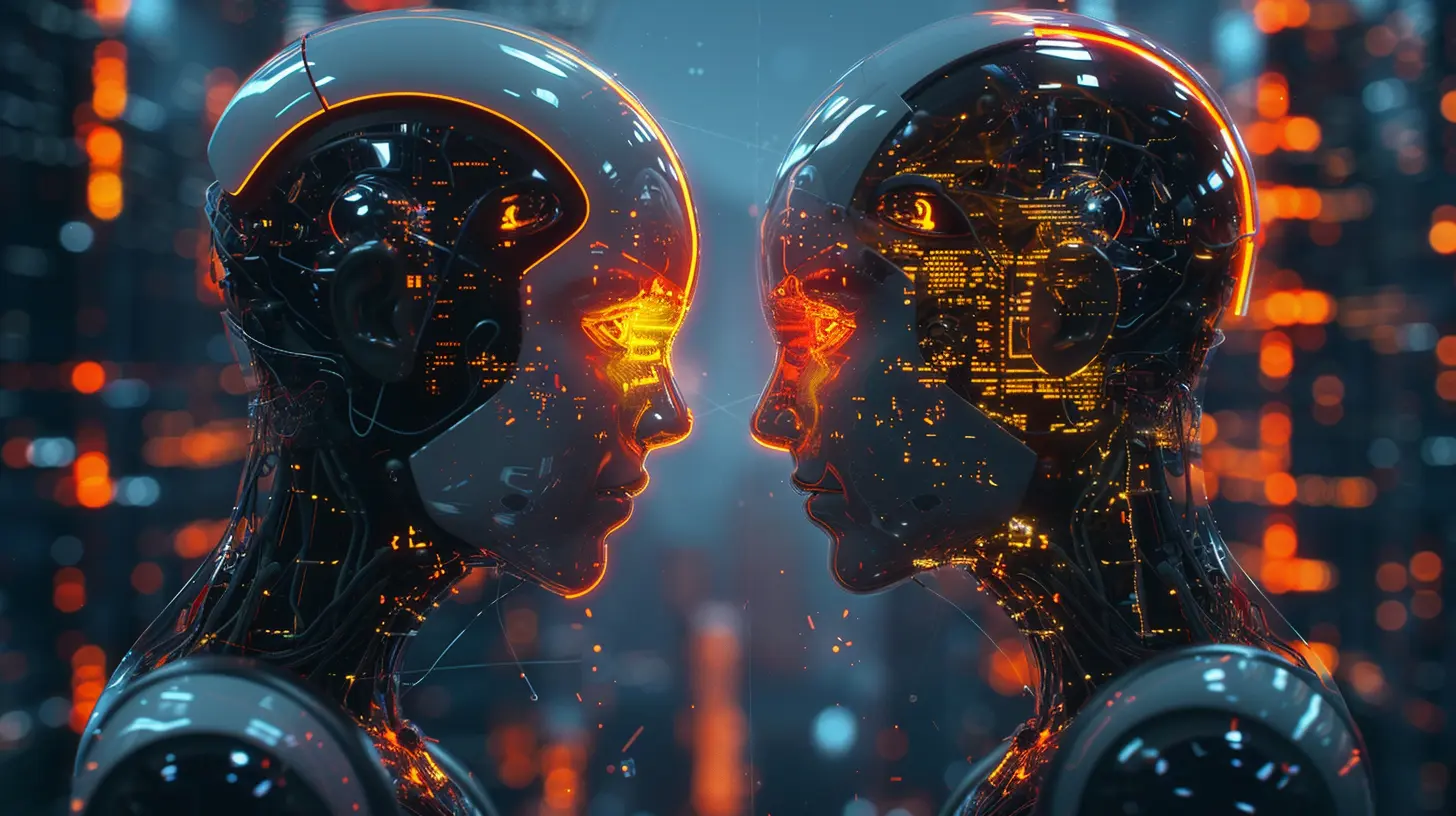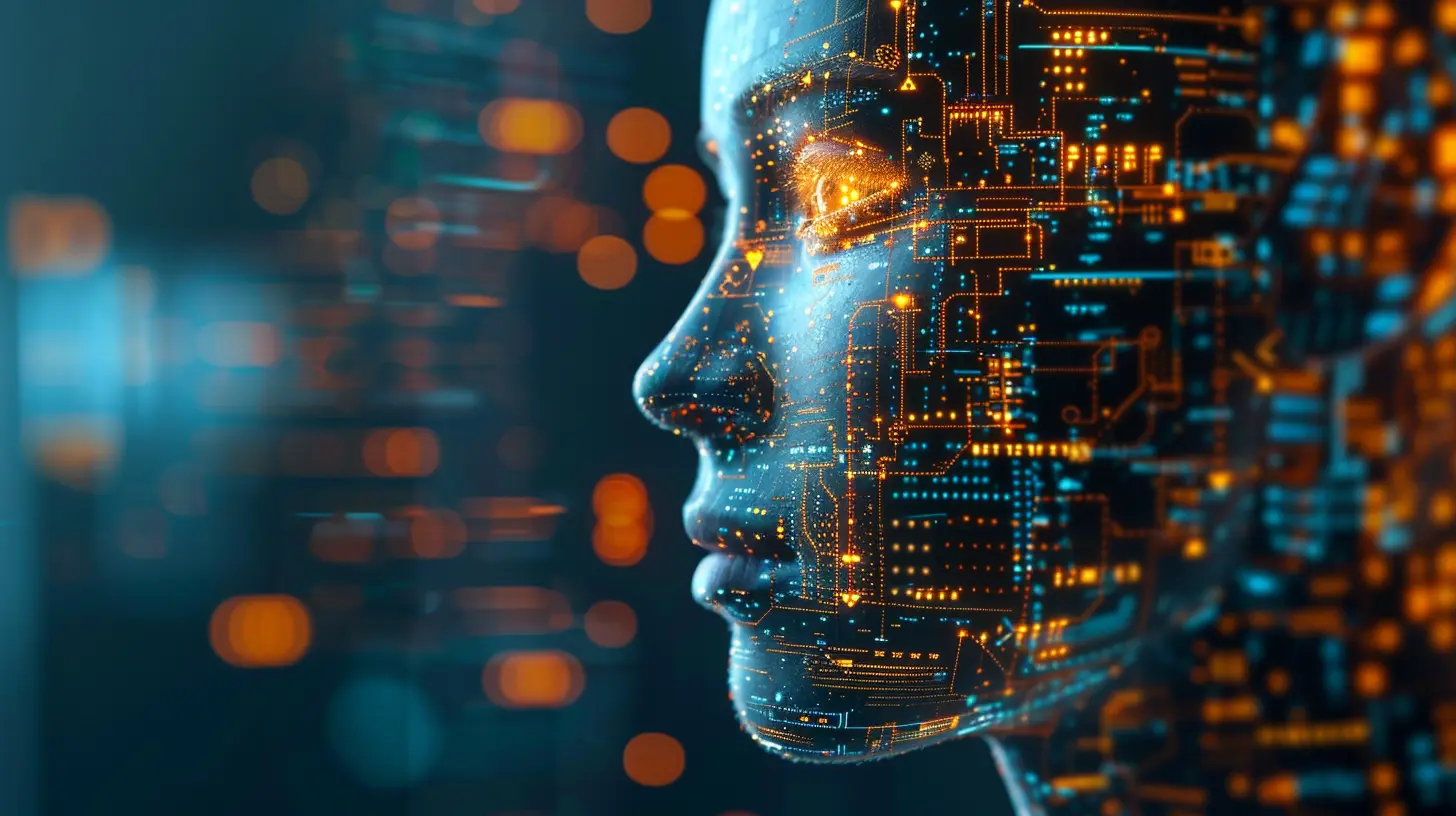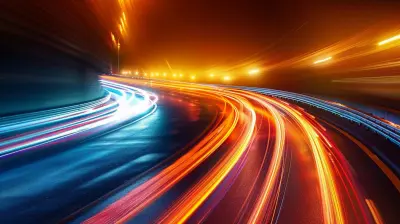Understanding Supervised vs. Unsupervised Learning: Key Differences
6 April 2025
If you're diving into the world of artificial intelligence (AI) and machine learning (ML), you've probably come across the terms supervised learning and unsupervised learning. But what exactly do they mean? More importantly, how do they differ, and when should you use one over the other?
Think of it like this: learning can be structured or unstructured—like a student studying with a teacher versus figuring things out alone. Supervised learning is like having a tutor guide you, while unsupervised learning is more about self-discovery.
In this article, we'll break down these two essential types of machine learning, how they work, their key differences, and when they're best applied.
What Is Supervised Learning?
Supervised learning is a machine learning approach where an algorithm is trained on a labeled dataset. That means the data comes with predefined inputs and corresponding outputs. The algorithm learns by mapping inputs to the correct outputs, much like a student learning with an answer key.How Does Supervised Learning Work?
1. Training with Labeled DataImagine teaching a child to recognize fruit. You show the child images of apples and oranges, labeling each one correctly. Over time, the child learns to distinguish between them. In the same way, supervised learning models train on labeled data.
2. Prediction and Error Correction
Once trained, the model is tested with new data to see how well it performs. If the predictions are incorrect, adjustments are made using techniques like backpropagation and gradient descent.
3. Continuous Learning
The model continues to refine its predictions as it is exposed to more examples, making it better at recognizing patterns over time.
Common Algorithms in Supervised Learning
Several popular algorithms fall under supervised learning, including:- Linear Regression: Used for predicting numeric values (e.g., house prices based on size).
- Logistic Regression: Used for classification tasks (e.g., spam or not spam emails).
- Decision Trees & Random Forests: Used to make predictive decisions by splitting data points into "branches."
- Support Vector Machines (SVM): Used for classification tasks by finding the optimal boundary between classes.
- Neural Networks: Used for deep learning applications like facial recognition.
Real-World Applications of Supervised Learning
Supervised learning is widely used across various industries:- Medical Diagnosis: Helps predict diseases based on patient data.
- Fraud Detection: Identifies fraudulent transactions in financial systems.
- Recommendation Systems: Powers Netflix and YouTube recommendations.
- Speech Recognition: Used in virtual assistants like Siri and Google Assistant. 
What Is Unsupervised Learning?
Unlike supervised learning, unsupervised learning works without labeled data. Instead of being told what to look for, the algorithm identifies patterns, structures, and relationships in data on its own.If supervised learning is like attending a class with a teacher, unsupervised learning is like self-studying—you explore and discover patterns without anyone explicitly telling you what’s right or wrong.
How Does Unsupervised Learning Work?
1. Input Without LabelsThe algorithm receives a dataset but no predefined answers. It must analyze and group the data based on similarities.
2. Pattern Recognition
The model looks for structures in the data, such as grouping similar items together (clustering) or reducing complexity (dimensionality reduction).
3. Insights & Predictions
Once patterns are identified, the model can make sense of new, unseen data by associating it with existing patterns.
Common Algorithms in Unsupervised Learning
Several algorithms power unsupervised learning:- K-Means Clustering: Groups similar data points together based on similarity.
- Hierarchical Clustering: Builds a tree-like structure for data grouping.
- Principal Component Analysis (PCA): Reduces the dimensions of large datasets while preserving key information.
- Autoencoders: Neural networks used for data compression and anomaly detection.
Real-World Applications of Unsupervised Learning
Unsupervised learning is incredibly useful in scenarios where labeling data is impractical:- Customer Segmentation: Helps businesses group customers based on behavior for targeted marketing.
- Anomaly Detection: Identifies fraudulent transactions, network intrusions, or medical abnormalities.
- Market Basket Analysis: Helps retailers learn what products are commonly bought together.
- Genetic Research: Clusters genetic sequences to identify relationships between genes. 
Key Differences Between Supervised and Unsupervised Learning
| Feature | Supervised Learning | Unsupervised Learning ||----------------------|-------------------------------------------------|------------------------------------------------|
| Labeled Data | Uses labeled datasets (input-output pairs) | Uses unlabeled datasets (no predefined answers) |
| Major Goal | Learns to predict an outcome based on past data | Discovers hidden patterns and structures |
| Learning Approach| Guided learning with clear instructions | Self-learning without predefined categories |
| Common Algorithms| Linear Regression, Decision Trees, SVM | K-Means, Hierarchical Clustering, PCA |
| Use Cases | Email spam filters, fraud detection, medical diagnosis | Customer segmentation, market analysis, anomaly detection |
When to Use Supervised vs. Unsupervised Learning?
Choosing between the two depends on your data and objective:- Go with supervised learning if:
- You have a well-labeled dataset.
- Your goal is to make predictions based on past data.
- You need high accuracy for decision-making.
- Pick unsupervised learning if:
- You don’t have labeled data.
- You want to uncover patterns or group data points.
- You need exploratory analysis. 
Supervised vs. Unsupervised Learning in the Age of AI
Machine learning is evolving rapidly, and both supervised and unsupervised learning play critical roles. Many AI-powered applications, from self-driving cars to advanced chatbots, depend on a mix of both techniques.The Rise of Semi-Supervised and Reinforcement Learning
While supervised and unsupervised learning dominate discussions, semi-supervised learning (a mix of both) and reinforcement learning (where AI learns through trial and error) are gaining traction.For example, self-driving cars don't always have labeled datasets—they must recognize objects (unsupervised) while learning from human feedback (supervised). This hybrid approach is the future of AI.
Final Thoughts
So, what’s the takeaway? Supervised learning is like a guided road trip with a GPS, while unsupervised learning is more like wandering through a new city without a map—both approaches have value depending on the situation.The next time you're working on a machine learning project, consider whether you need structured guidance or insight through pattern discovery. Choosing the right approach could make all the difference in your AI model’s success!
all images in this post were generated using AI tools
Category:
Machine LearningAuthor:

Adeline Taylor
Discussion
rate this article
7 comments
Ashley Ortiz
This article piqued my curiosity! I'm fascinated by how supervised and unsupervised learning tackle data differently. I wonder, how do these approaches impact real-world applications, like personalized recommendations or anomaly detection? Excited to explore these key differences and their implications further!
April 25, 2025 at 1:03 PM

Adeline Taylor
I'm glad you found the article intriguing! Supervised learning excels in tasks like personalized recommendations through labeled data, while unsupervised learning is crucial for anomaly detection by identifying patterns without labels. Each approach offers unique strengths for different real-world applications.
Soren Reilly
Both approaches are crucial; choose wisely for your data.
April 20, 2025 at 2:22 AM

Adeline Taylor
Thank you! Choosing the right approach is essential for achieving the best results with your data.
Aelith McElhinney
Great overview! Clarifying examples would enhance understanding further.
April 13, 2025 at 10:34 AM

Adeline Taylor
Thank you for your feedback! I'll consider adding clarifying examples to improve understanding.
Journey Barker
Great overview! Clearly outlining the differences helps demystify these essential machine learning concepts for beginners.
April 13, 2025 at 4:43 AM

Adeline Taylor
Thank you! I'm glad you found the overview helpful for clarifying these concepts.
Sasha Clayton
Supervised learning is like having a strict tutor; unsupervised learning? More like a wild night out—exciting but chaotic! Both have their perks, just depends on your vibe. Choose wisely!
April 12, 2025 at 6:36 PM

Adeline Taylor
Great analogy! Both approaches have unique strengths, and the choice really depends on the problem at hand. Thanks for sharing!
Grace Nguyen
This article offers a fascinating glimpse into the nuances of supervised and unsupervised learning! I’m particularly intrigued by how these methods can shape AI development. It would be great to see examples of real-world applications for both approaches—what do others think?
April 12, 2025 at 2:25 AM

Adeline Taylor
Thank you for your feedback! I’m glad you found the article insightful. I’ll consider adding real-world examples in the future to illustrate these concepts further.
Mariana Cook
Great article! You clearly delineate the differences between supervised and unsupervised learning, making complex concepts accessible. The practical examples help illustrate their unique applications, which is essential for beginners in machine learning. I appreciate the emphasis on choosing the right approach for specific data challenges! Keep up the great work!
April 8, 2025 at 7:00 PM

Adeline Taylor
Thank you for your kind words! I'm glad you found the article helpful in understanding these concepts. Your feedback motivates me to keep sharing valuable insights!
MORE POSTS

How to Adopt Agile Methodologies for Faster Software Delivery

How to Set Up a Home Office with the Best Peripherals for Productivity

The Importance of Cybersecurity in E-Commerce

From Blog Posts to Vlogs: The Best Tools for Multi-Format Creators

Real-World Applications of Machine Learning in Retail

The Evolution of Video Content Creation: Tools You Need to Know